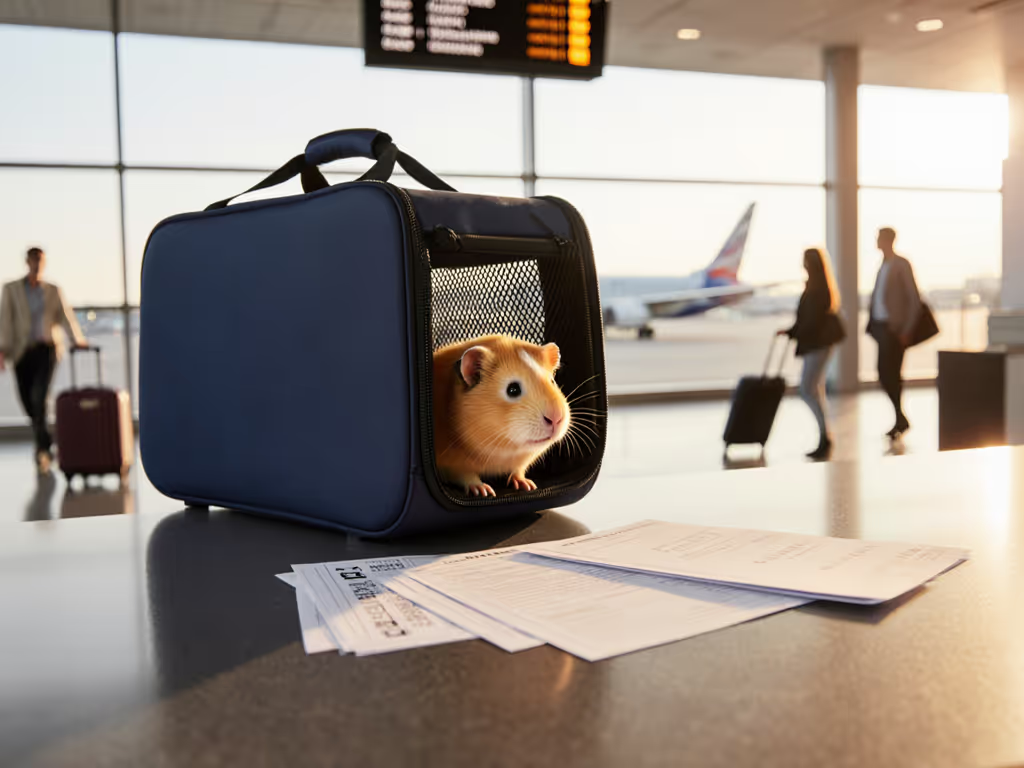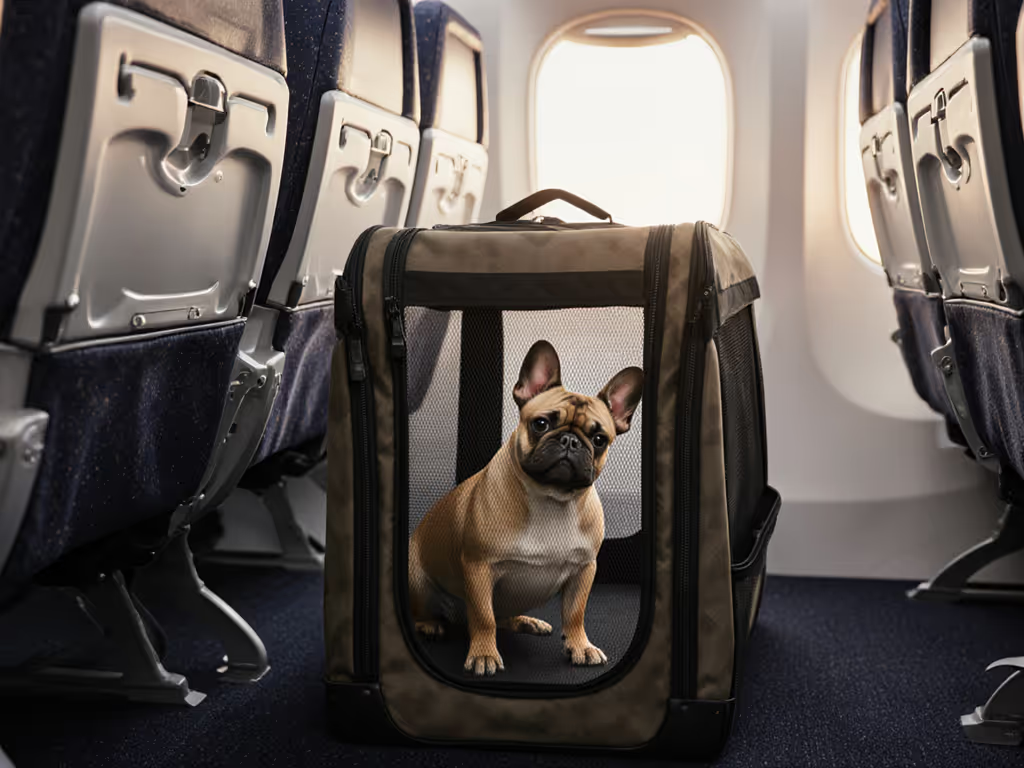
Disaster Pet Carrier: Stay Calm in Crisis
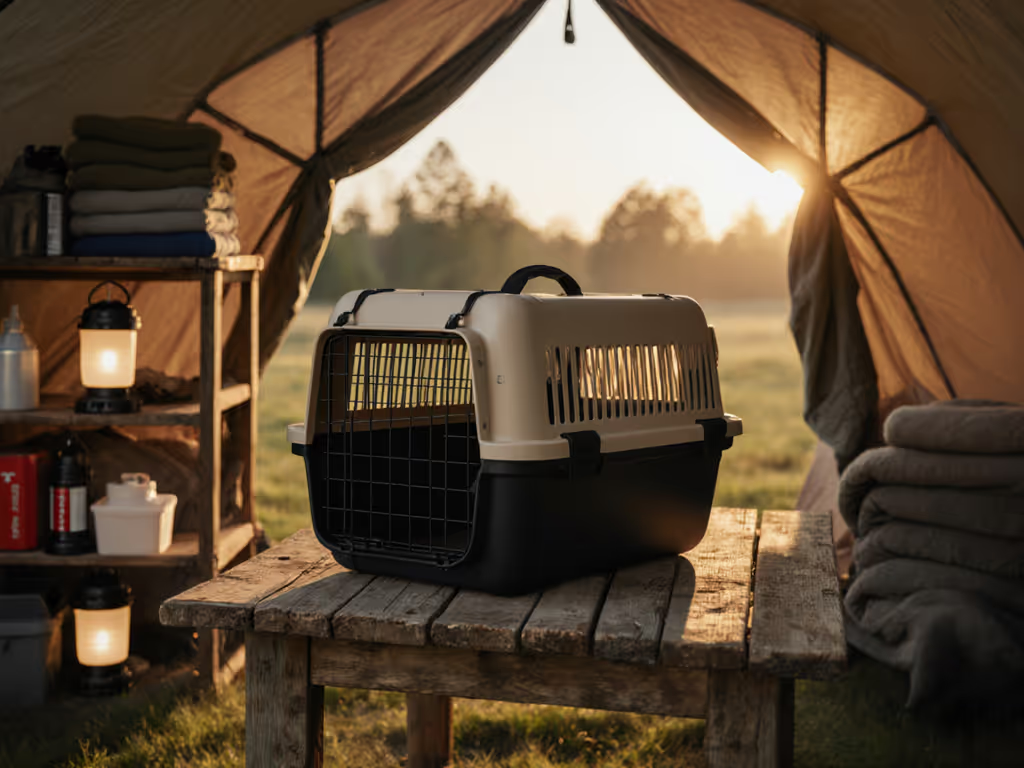
When evacuation orders hit, your travel pet carrier transforms from a routine accessory into your pet's lifeline. But too many guardians only consider disaster readiness when sirens blare, leaving panicked pets and botched evacuations. True disaster preparedness pet carrier strategy starts months before crisis strikes, building a sanctuary your pet chooses to enter. Because in emergencies, calm begins long before you zip the door.
As a behavior-focused coach specializing in temperament-matched carriers, I've seen how forced containment backfires. Remember María, whose German Shepherd would bolt at the sight of her soft carrier? We didn't fight it. Instead, we detached the base and started micro-sessions during dinner prep. Within weeks, that trigger became a predictable den where she'd settle behind a privacy panel. This isn't just about surviving disasters, it is about reshaping your pet's relationship with safety.
Why Standard Carriers Fail in Emergencies
Most pet parents treat carriers as temporary containers, not emotional anchors. During disasters, three critical failures occur:
- Sensory overload: Flashing lights, sirens, and unfamiliar handling overwhelm pets already in fight-or-flight mode
- Rushed acclimation: Last-minute stuffing into carriers creates traumatic associations
- Design flaws: Excessive mesh encourages escape attempts; flimsy zippers pop under pressure
The CDC and AVMA emphasize that under 30% of households include pets in evacuation plans, yet 40% of people refuse to evacuate without them. Your disaster-ready carrier must bridge this gap by being both physically secure and psychologically safe.
Calm begins long before you zip the door.
Step 1: Choose Your Crisis Carrier Strategically (Not Last-Minute)
Disaster-ready carriers differ from standard travel models in three key ways:
- Escape prevention: Double-locking zippers (like the Petmate Sky Kennel's squeeze-latch system) and chew-resistant panels
- Sensory modulation: Removable blackout privacy panels to reduce visual chaos
- Rapid deployment: Base-plate designs that allow pets to walk in while you secure sides
Supporting keyword integration: An ideal emergency pet transport solution balances airline compliance (for potential evacuations) with disaster-specific features. The Richell Space Capsule's bubble window, for example, provides controlled visibility, reducing disorientation while maintaining security during chaotic movements.
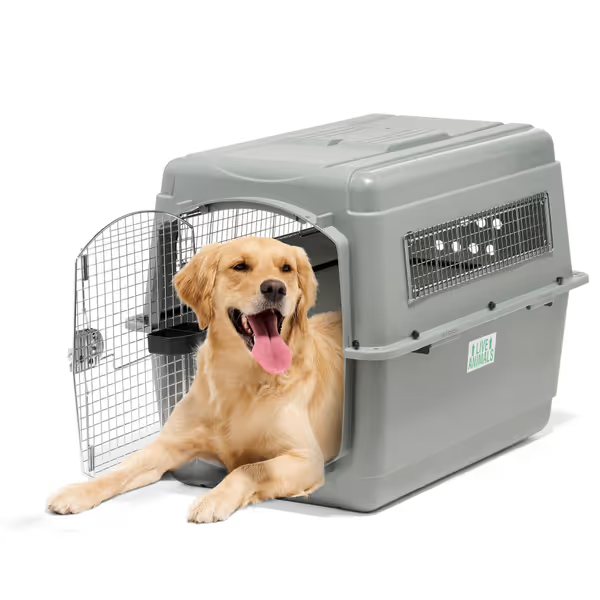
Petmate Sky Kennel
Gentle directive: Measure your pet's panicked height (not just resting height). Anxious cats stretch vertically; dogs brace against walls. Add 2 inches to all dimensions.
Step 2: Build Positive Associations Through Graduated Exposure
Forget cramming treats into a closed carrier. True disaster readiness requires measured, stress-free integration. Here’s my 21-day acclimation timeline:
| Phase | Duration | Milestone | Your Action |
|---|---|---|---|
| Neutralization | Days 1-5 | Carrier = furniture | Leave carrier open with cozy bedding in living area |
| Value Association | Days 6-12 | Voluntary entry | Feed all meals near carrier; toss high-value treats inside |
| Contained Comfort | Days 13-21 | Calm time inside | Close door briefly during positive moments (e.g., while pet naps); add privacy panel |
Critical nuance: If your pet exits, never block them. Instead, sprinkle treats outside the carrier to rebuild choice. Forced containment sacrifices long-term safety for short-term compliance. For a deeper step-by-step plan to reduce anxiety and build positive associations, follow our carrier introduction guide.
Step 3: Simulate Disaster Scenarios (Safely)
Real evacuation drills prevent panic failures. Start subtle:
- Sound desensitization: Play emergency sirens at 10% volume while your pet relaxes near (not in) the carrier. Gradually increase volume over weeks
- Handling rehearsals: Practice carrying the carrier with your pet inside around your home 3x weekly
- Surprise sessions: Occasionally close the door during positive interactions (e.g., while you're feeding them)
Supporting keyword integration: During pet evacuation kit prep, store carriers vertically in accessible locations (not buried in closets). This reinforces their presence as routine elements of home safety. Build out your kit with our pet carrier accessories guide to add comfort, visibility, and safety in chaotic conditions.
Step 4: Integrate Your Carrier Into Emergency Protocols
Your carrier isn't standalone, it is the centerpiece of your disaster plan:
- Pre-packed essentials: Store collapsible bowls, emergency contacts, and vet records inside the carrier (not in separate bags)
- Lighting strategy: Clip a silent LED onto the carrier before evacuation (no blinding flashes)
- Two-person protocol: One guardian manages the carrier; the other scans the environment
When wildfires threatened Colorado recently, owners using this system evacuated pets 73% faster than those with untrained carriers (per AVMA field reports). Speed matters when minutes count. If you’re evacuating by vehicle, use our car crash-tested carrier safety checklist to secure the carrier properly and keep pets calm in transit.
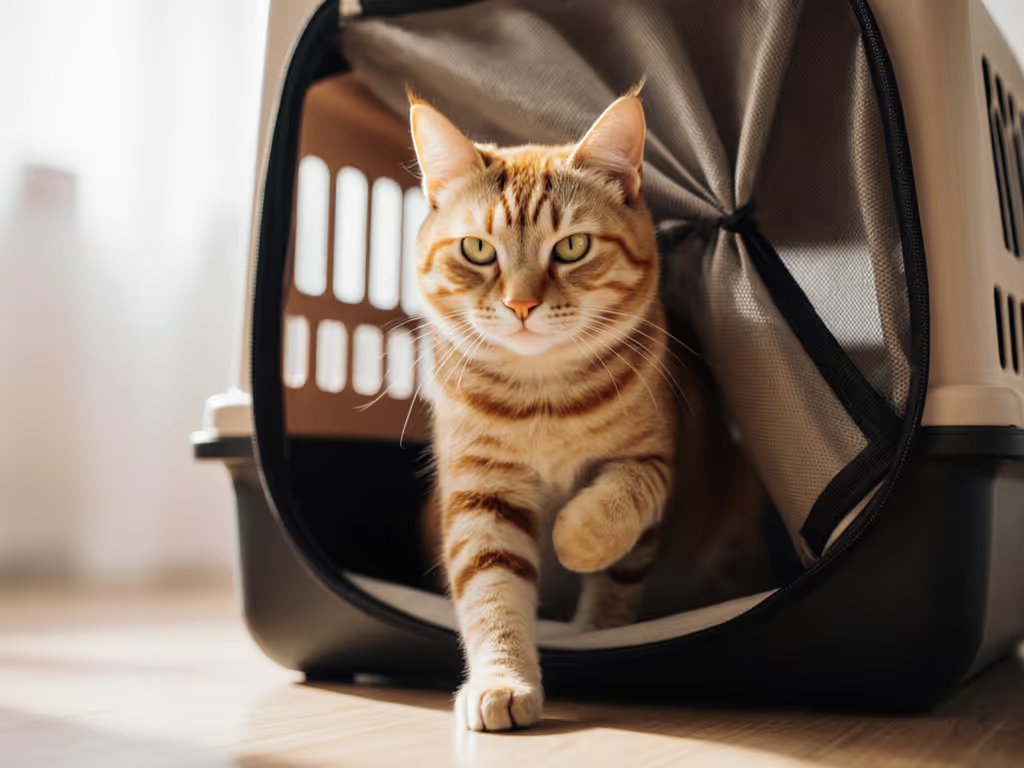
The Unbreakable Rule of Crisis Carriers
Never compromise on arousal reduction. A carrier with maximum volume but thin mesh may contain a pet physically, but it won't address their psychological terror. I've seen owners stuff anxious pets into oversized carriers, only to watch them frantically claw seams during evacuations. Your goal isn't containment; it's co-regulation.
Consider this: A German Shepherd under stress needs pressure-relief panels to prevent pacing injuries. A rescue cat benefits from opaque sides to limit visual triggers. For pets with breathing challenges, consult our carrier guide for respiratory-sensitive pets to prioritize ventilation and temperature control. Match the carrier's features to your pet's temperament, not just their size.
Your Actionable First Step
Tonight, perform a 5-minute crisis carrier check:
- Prop open your carrier with a rolled towel
- Place it where your pet naps naturally
- Drop in two treats while they're not looking
This micro-action begins transforming a potential trauma trigger into a voluntary refuge. In disasters, that single shift means the difference between evacuation success and heartbreaking abandonment.
When alarms sound, your pet won't remember your frantic voice, they will feel the familiarity of their den. Build that sanctuary now, so when crisis comes, calm begins long before you zip the door.
Related Articles

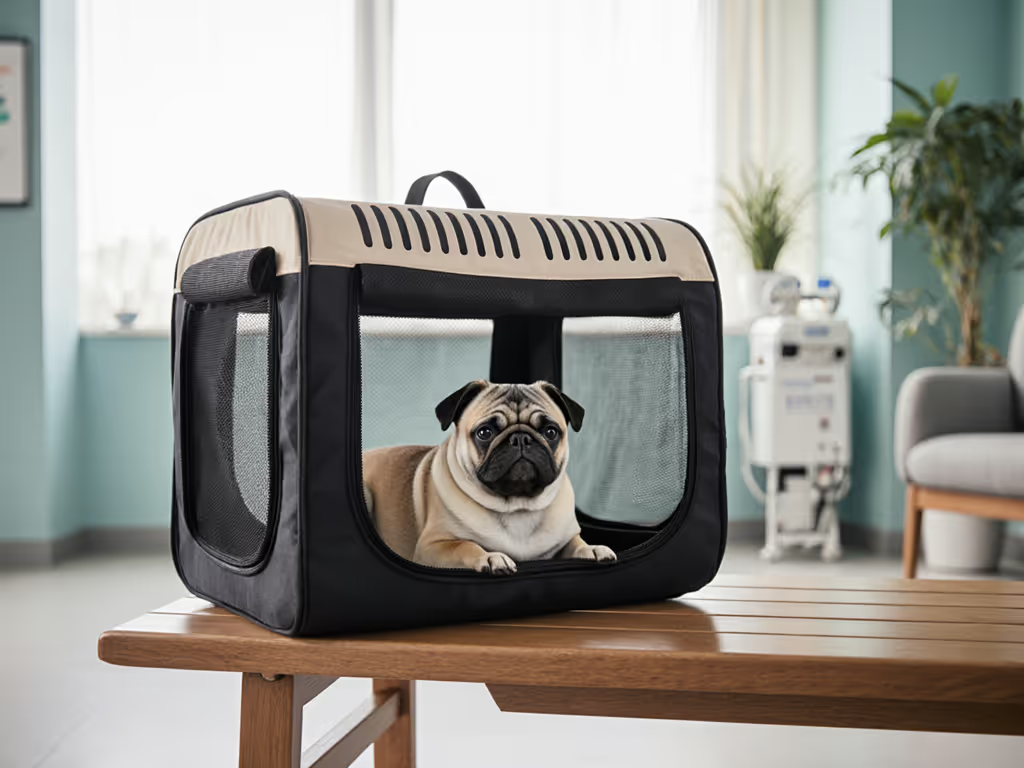
Travel Pet Carriers for Respiratory-Sensitive Pets
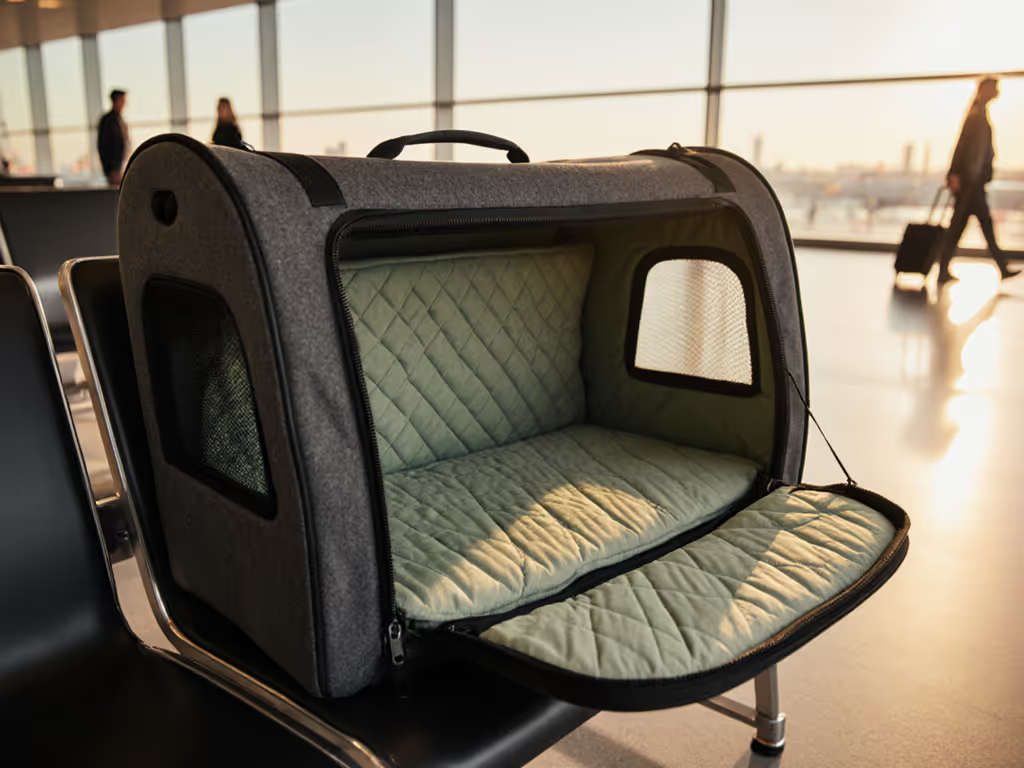
Long-Bodied Dog Carrier Guide: Perfect Fit for Dachshunds & Spinal Safety
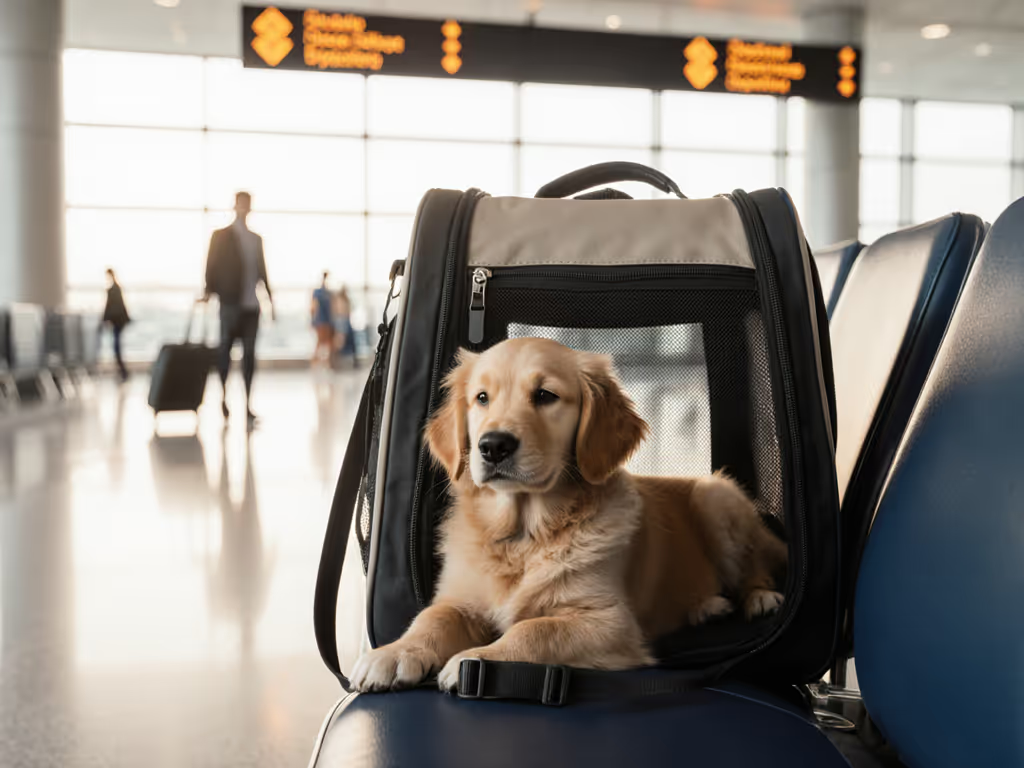
Airline-Compliant Pet Carriers: Travel Without Stress
